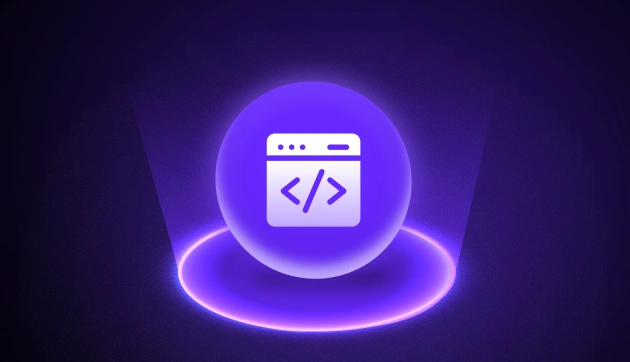
Using Resilience4j in Spring Boot: A Comprehensive Guide
Feb 10, 2025 2 Min Read 735 Views
(Last Updated)
What happens when your Spring Boot application encounters failures, and how can you prevent it? In the world of distributed systems, failures are bound to happen—whether it’s a service going down, network issues, or slow third-party APIs. Without the right safeguards, these issues can lead to cascading failures that affect the entire system. This is where Resilience4j comes in.
It’s a robust library designed to help you build fault-tolerant applications by providing essential resilience tools like Circuit Breaker, Rate Limiter, Retry, and more. In this guide, we’ll dive into how you can integrate Resilience4j with your Spring Boot application, ensuring your system remains stable and responsive even in the face of adversity.
Table of contents
- Why Use Resilience4j?
- Setting Up Resilience4j in Spring Boot
- Add Dependencies
- Basic Configuration
- Using Annotations
- Monitoring and Observability
- Final Reflections
Why Use Resilience4j?
Before diving into the implementation, let’s understand why you might want to use Resilience4j in your Spring Boot application:
- Circuit Breaker: Prevents your system from repeatedly making requests to a failing service, which could lead to cascading failures.
- Rate Limiter: Controls the rate at which requests are processed, avoiding system overload.
- Retry: Automatically retries failed operations, which can recover from transient errors.
- Bulkhead: Limits the number of concurrent calls to a particular service, preventing overloading.
- Time Limiter: Ensures that calls to external services have a timeout, preventing your application from hanging indefinitely.
Setting Up Resilience4j in Spring Boot
1. Add Dependencies
First, you need to add the necessary dependencies to your pom.xml if you’re using Maven:
For Gradle, you’d include:
2. Basic Configuration
Resilience4j can be configured using properties in your application.yml or application.properties file. Below is an example configuration for a Circuit Breaker:
This configuration sets up a Circuit Breaker for myService with a sliding window of 10 calls, a failure rate threshold of 50%, and a wait duration of 10 seconds before trying to close the circuit again.
3. Using Annotations
You can use annotations provided by Resilience4j to easily apply these resilience patterns to your Spring Boot services.
- Circuit Breaker:
- Retry:
- Rate Limiter:
- Bulkhead:
Monitoring and Observability
Spring Boot provides excellent integration with Actuator, and you can expose Resilience4j metrics via the /actuator endpoints. By including the micrometer-registry-prometheus dependency, you can also monitor these metrics using Prometheus and Grafana:
Metrics like circuitbreaker_calls, circuitbreaker_state, retry_calls, etc., will be available for your monitoring tools.
Also Read: The Ultimate Guide to React Component Libraries in 2025
Building resilient systems with tools like Resilience4j is essential, but mastering full-stack development takes it further. GUVI’s Full-Stack Development Course equips you with both front-end and back-end skills, preparing you to build scalable, fault-tolerant applications. Level up your development skills with GUVI’s Full-Stack Development Course.
Final Reflections
Incorporating Resilience4j into your Spring Boot application brings a robust layer of reliability, enabling it to better handle various disruptions without compromising performance. With its wide array of resilience mechanisms—from Circuit Breakers to Rate Limiting—you can build fault-tolerant systems that minimize downtime and protect your application from the unpredictable nature of distributed services.
This simple integration enhances your application’s stability, especially when dealing with slow services, network failures, or service overloads. By utilizing these tools, you can ensure your users have a smoother, uninterrupted experience while giving your developers peace of mind. With these practical insights, you are now equipped to enhance the resilience of your Spring Boot applications.
































Did you enjoy this article?